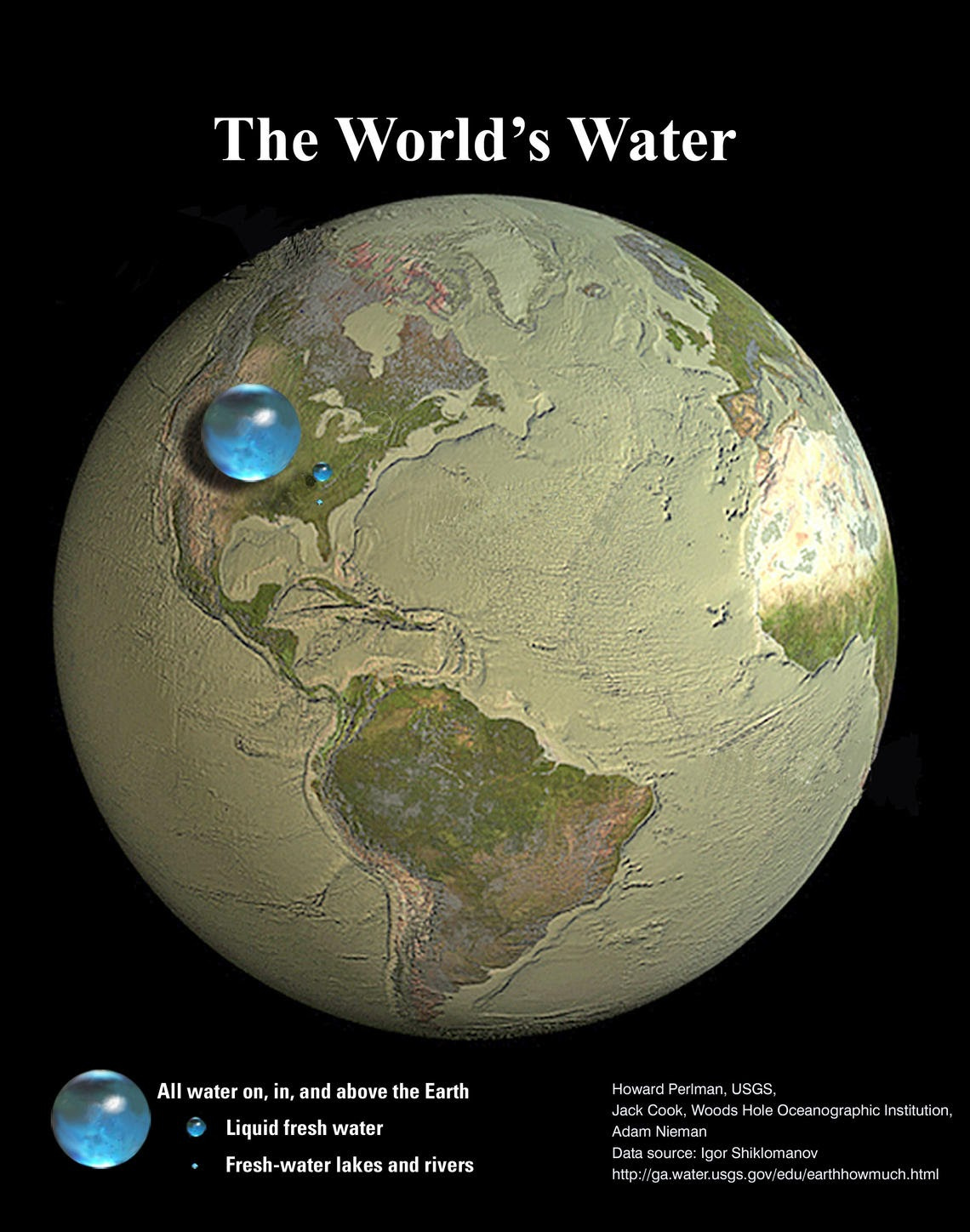A toast to the one percent
A well-earned tip of the wide-brimmed hat

Sun-kissed is my misnomer.
Flaky, pasty, reflective of light, I’ll prance between branches in search of the undercrofts of the world. Shaded havens.
Not because I want to, but because I have to.
I am a ginger.
Part of a small but mighty tribe, usually seen huddled together in search of dim lighting. The red nuts and carrot tops, fire crotches, and freckle faces.
The rarest breed of humans by hair color in the world, redheads are the shunned few who toil away in a bronzed world, where Aperol summers and day-beds by the pool are our stress manifested.
And by way of statistical gratitude, we are the one percent.
Not the one percent who are pilloried on cable news and on left-wing lecterns but the one percent nonetheless.
The genetic mutation in a gene called M1CR that causes red hair only occurs in about one to two percent of the population. It’s recessive in 40 percent of people, the loud and unforgiving majority.
Today, the ginger gene knows no geographical boundaries—only the boundaries imposed by beach umbrellas—but its origins may surprise you. While most people think redheads originate from the rugged landscapes of Scandinavia, Scotland, and Ireland, we actually descend from central Asia.
The story goes that our freckled Asian ancestors migrated to Europe 3,000 or 4,000 years ago in search of greener pastures. Once settled, the benefits of their pale skin soon came to light.
Somehow, despite existing eons before Charles Darwin published his theory of evolution in 1859, and having only what I can imagine is a rudimentary understanding of how human bodies work, these migrants found that paler skin produced vitamin D more efficiently in the sun-depraved Northern Europe compared to their tanned counterparts. All that extra vitamin D meant they had stronger bones and childbirth was safer for women.
So rangas had a genetic advantage in those early days, and they bred accordingly. Which brings us to the flame-haired Scottish Highlands and Irish coastline of today.
How did they test for bone density?
I was slumped over the couch late last Sunday, staring at the freckles on my arm, as I often do, pondering this question.
At one point, I thought that if my freckles would just embrace each other like a family at Thanksgiving, they’d give birth to some semblance of tone, of leisure. But I know that each spot that sprouts on my pasty, porcelain skin is one step closer to a burn—when the nights are long and the cold side of the pillow is only an almost-relief.
The genetic advantage has long passed, unfortunately. Don’t get me wrong, red hair has made me stronger in some ways. It takes a tough firecracker to emerge from the high school playgrounds where the banter was swift and dismissive, and the put-downs were as searing as the UV rays I was desperate to avoid.
I’ve been thinking more about the idea of the one percent and the misguided facts that surround them. As it turns out, when you talk about the one percent, the misconceptions are many.
Did you know that only one percent of 911 calls are for violent crimes? The majority are for relatively minor incidents such as traffic responses and noncriminal complaints. Then there’s the special few who call 911 for sports scores and refunds. If you’re wondering why the police reform movement has gained so much steam, this may be a good place to start.


Other one-percenters include freshwater, which makes up less than one percent of all the Earth’s water and is sourced predominantly from icecaps and glaciers. When you take into account that more than 99 percent of the Earth’s water is unusable by humans and many other living things, you realize those calls for climate change action don’t feel as progressive as they do common sense. If we don’t do something, we’re going to get thirsty, real fast.

And then there’s online advertising, a field in which I work. Here’s a fun fact for you: People click on display ads less than one percent of the time, yet such advertising still accounts for 160 billion dollars in ad spend globally—the largest ad spend share. If you can figure out the reasoning behind that one, then please, put 30 mins on the calendar with me.
Despite the moniker, the one percent are many and they are diverse, and we should celebrate them. But not today. Today is for the copper nobs, those of use who need SPF 50+ for a walk to the store, 100+ for the beach. More SPFs if they were available.
We forge on, with long-sleeve t-shirts and wide-brim hats in tow.
A toast to us, the shade chasers. For one day we’ll have our moment in the sun.
But not too soon, and, of course, for not too long.
*chef’s kiss*
Help others enjoy a serving of Thought Dumpling by liking and sharing this post.
If someone forwarded you this email, you can subscribe here to receive a Thought Dumpling every two weeks.
Allan


